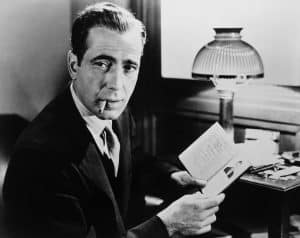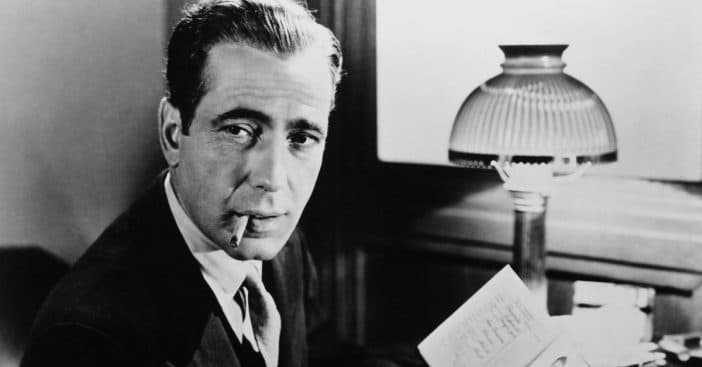
Movies from decades ago have a distinct atmosphere nothing today has quite captured. It’s not just the glamorous outfits, the styled hair, or even the absence of color footage. Rather, that Golden Age of Hollywood look is a combination of these, blurred together in a smokey haze — from real cigarette and cigar smoke. But why all the smoking, and what does Humphrey Bogart have to do with it?
To be sure, some of it was simply cultural. The use of tobacco products reportedly increased at exponential levels between 1800 and 1960. Plenty of childhood memories include cigarette vending machines and ashtrays in cars. But it just so happens this regular practice served a very important, helpful purpose when filming movie scenes.
Humphrey Bogart smoked to keep the scene interesting
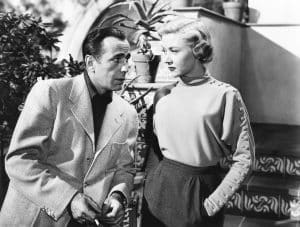
There weren’t bright colors or flashing lights, massive explosions or high-flying stunts in the movies Bogart populated. Though it takes place in the throes of World War II with plenty of urgency, the monumental Casablanca does not see Rick and Ilsa staring longingly at each other in the middle of a battlefield infested with tanks. Still, it kept viewers gripped. But even with quiet set pieces, this and other films had to maintain a dynamic scene. At the same time, dialogue was a major part of the film and was given a spotlight without hesitation. So, how do you keep the eyes focused when it’s the ears that need to do all the work?
RELATED: Lauren Bacall, Humphrey Bogart’s Granddaughter, Brooke, Is A Former Model And All Grown Up
Smoking, which Bogart did plenty of. The smoke and actions of working with the cigarette or cigar created movement in a scene that would normally just be all about mouths moving to talk. According to Slash Film, Bogart himself introduced this trick and helped it become mainstream when a scene riddled with exposition was carrying on too long; he worried it would be boring for viewers and reportedly told the director the only thing that would hold a person’s attention through all that monologing would be animals mating on screen. Instead, the director allowed him to have a smoke, and this gave Bogart’s character something else to do and created some movement in the scene.
Humphrey Bogart was often smoking a bogey
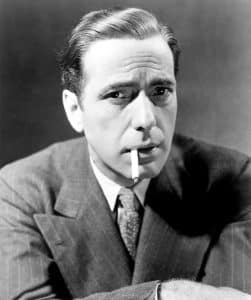
“The actor would pause every few lines to deploy, light, and smoke his cigarettes,” said director Rob Long, describing the ambiance smoking created when Bogart had one of his signature cigarettes. “This would imbue the scene with ‘instant drama.'” For his role in establishing this handy composition tool, Bogart had his name forever associated with the tobacco as a nickname: a bogey.
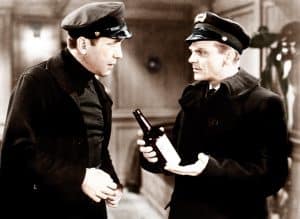
Unfortunately, this would come back around on Bogart. Years of both smoking and drinking did a number on his intestines. Going to the doctor took a lot of persuasion from spouse Lauren Bacall, and after he was diagnosed with esophageal cancer, he had his esophagus, a rib, and two lymph nodes removed. His condition still worsened, but the original Rat Pack star was determined to maintain some of his usual style, right up until his death at just 57. He is remembered as one of the greatest male stars according to the American Film Institute, a cultural icon, and an influence in the way scenes could unfold in countless titles.
